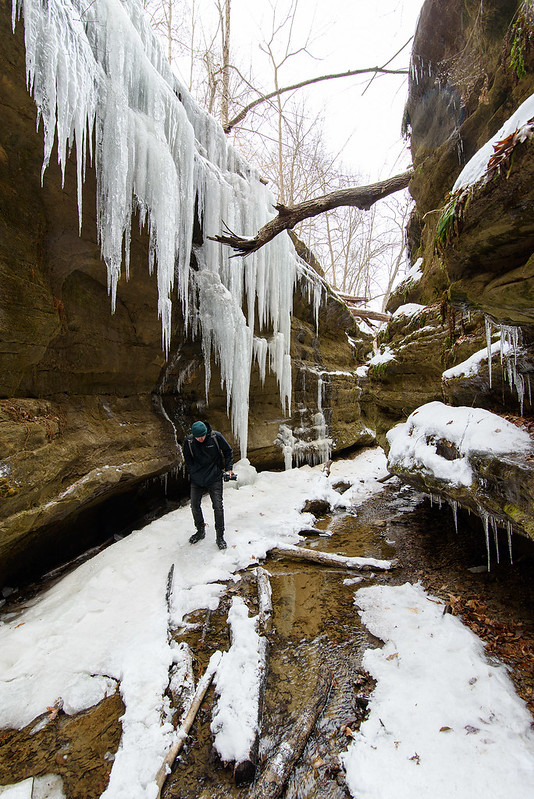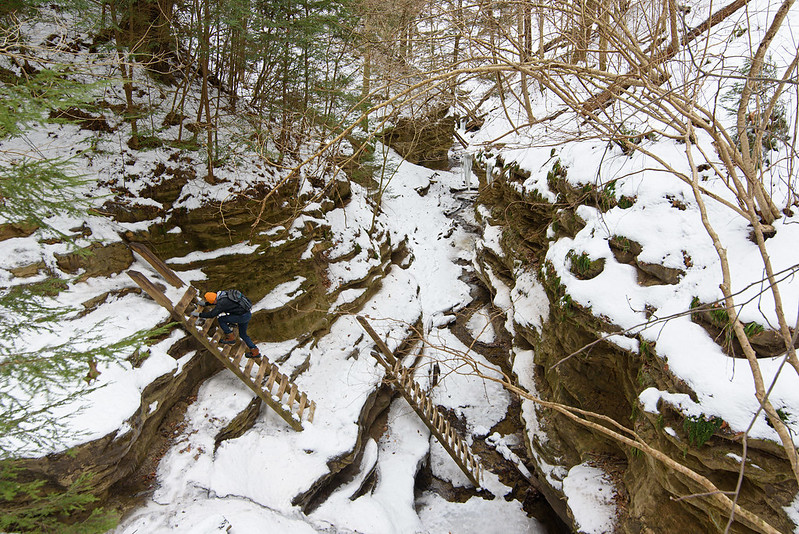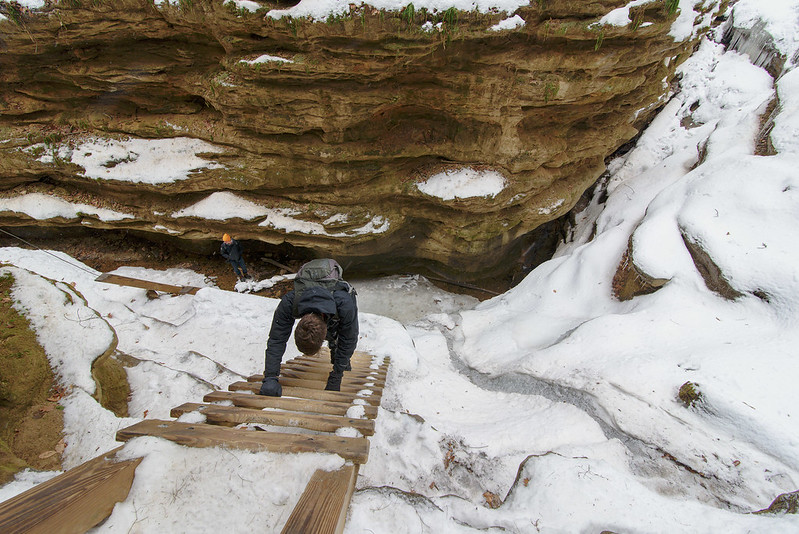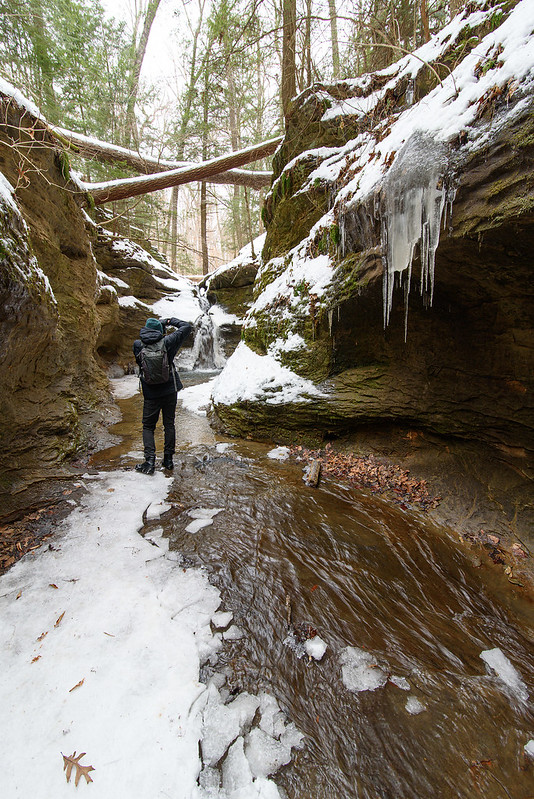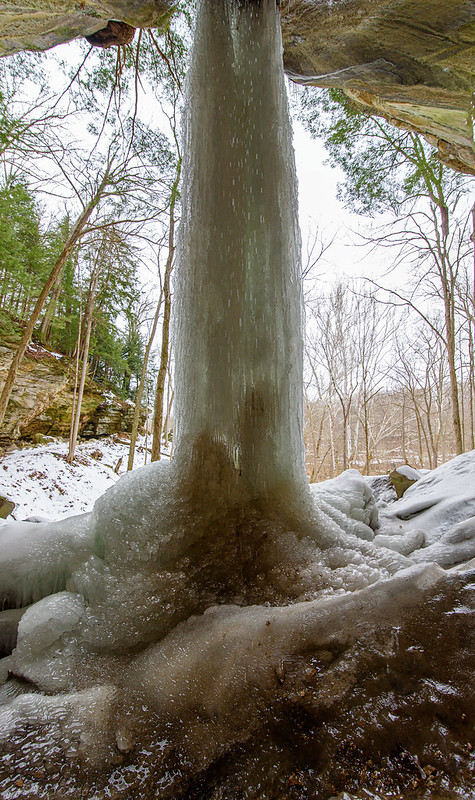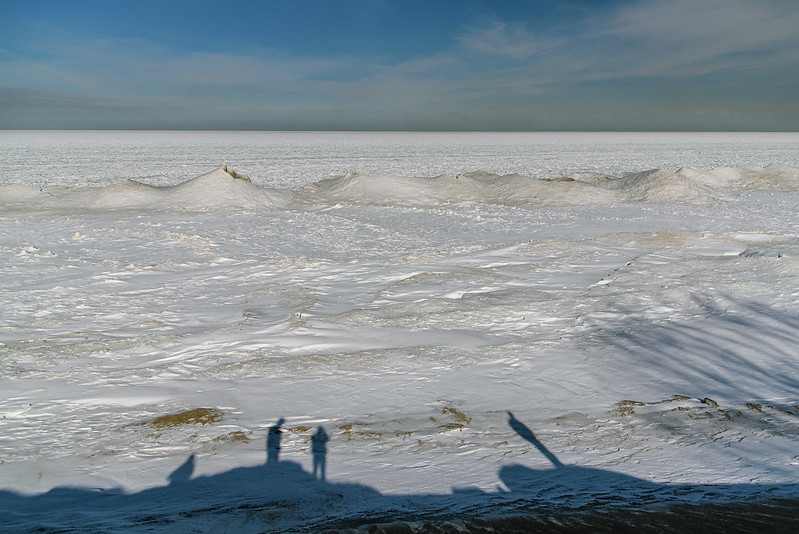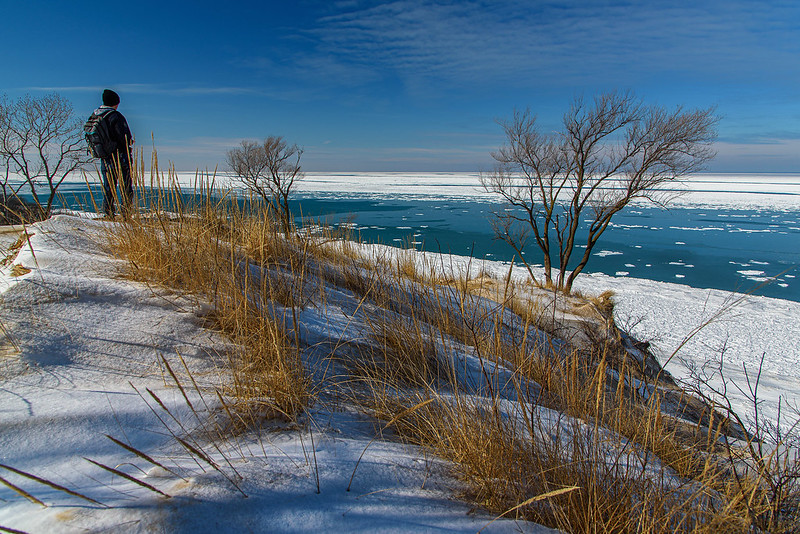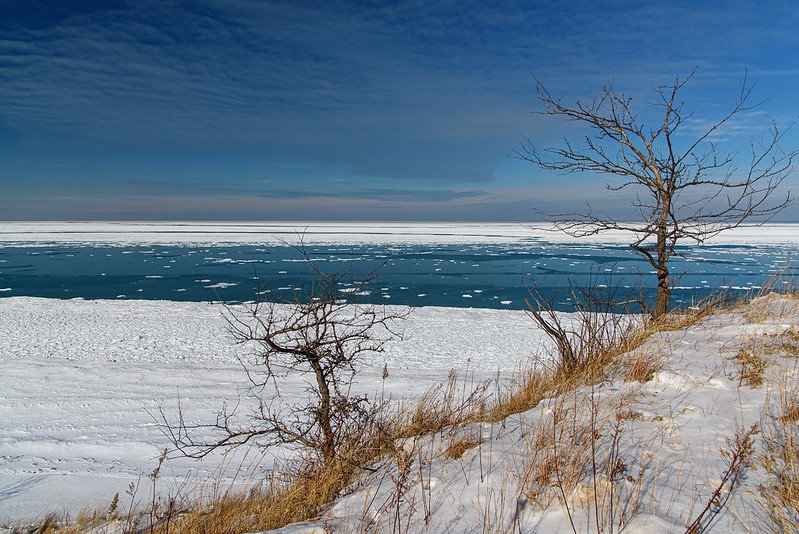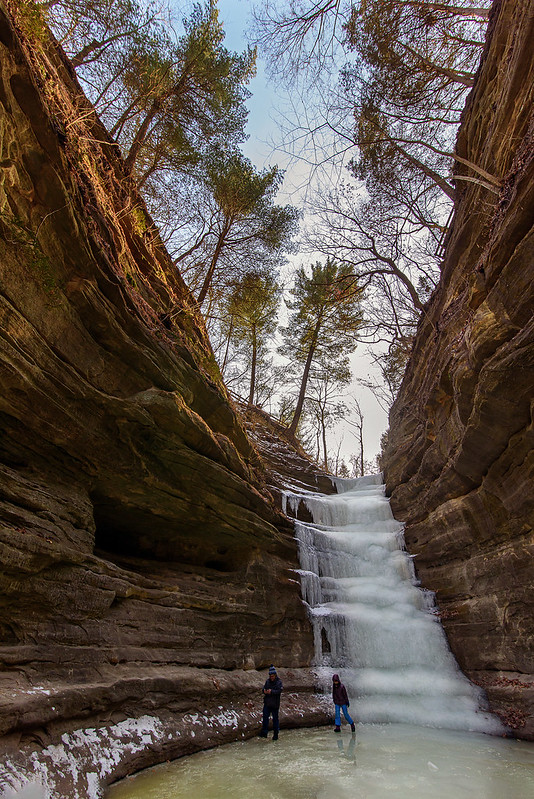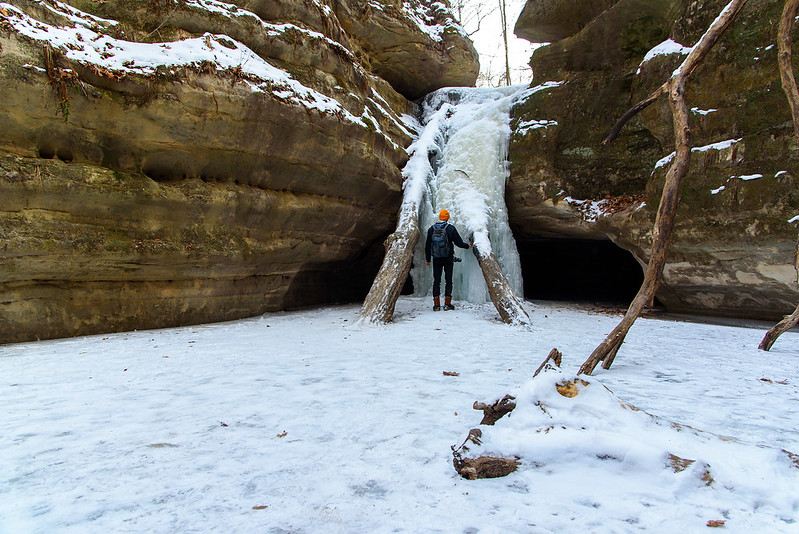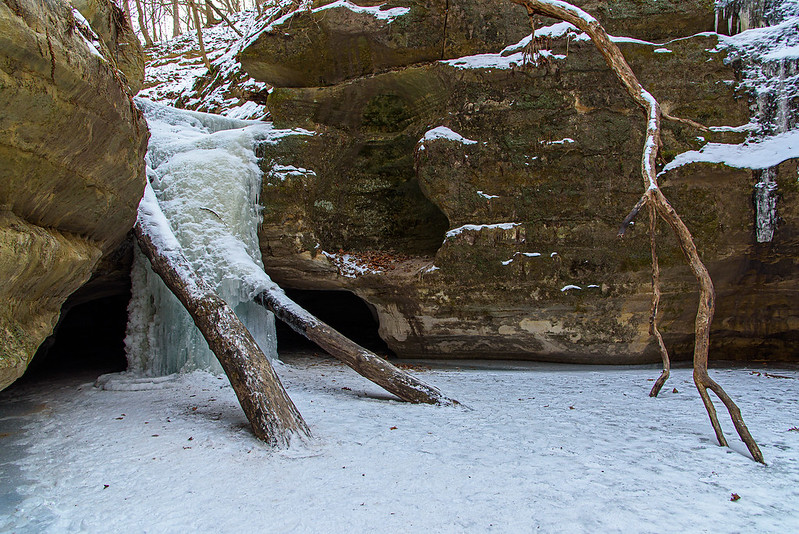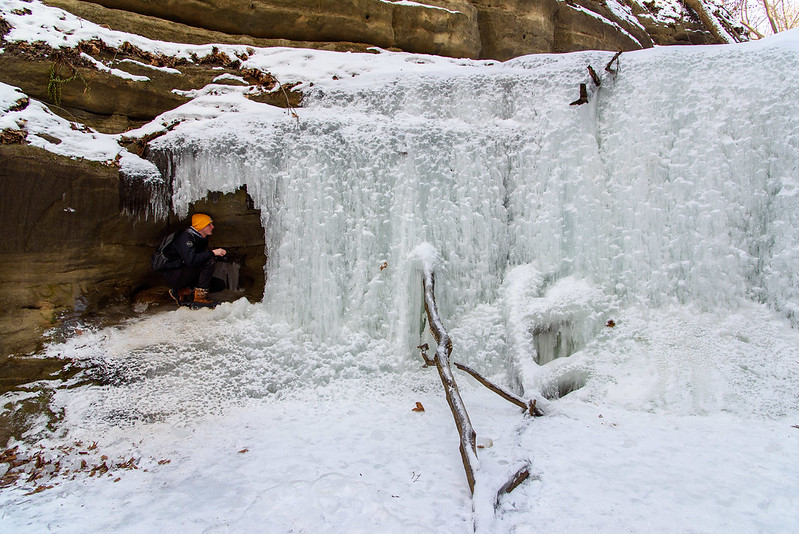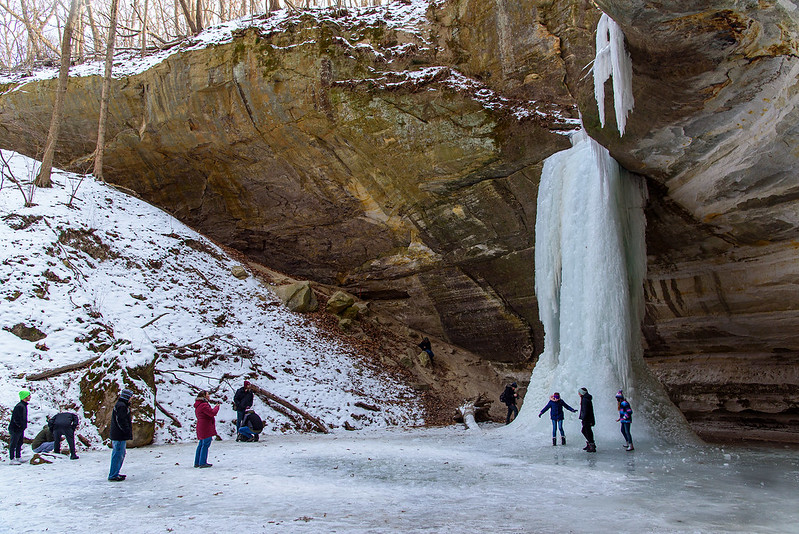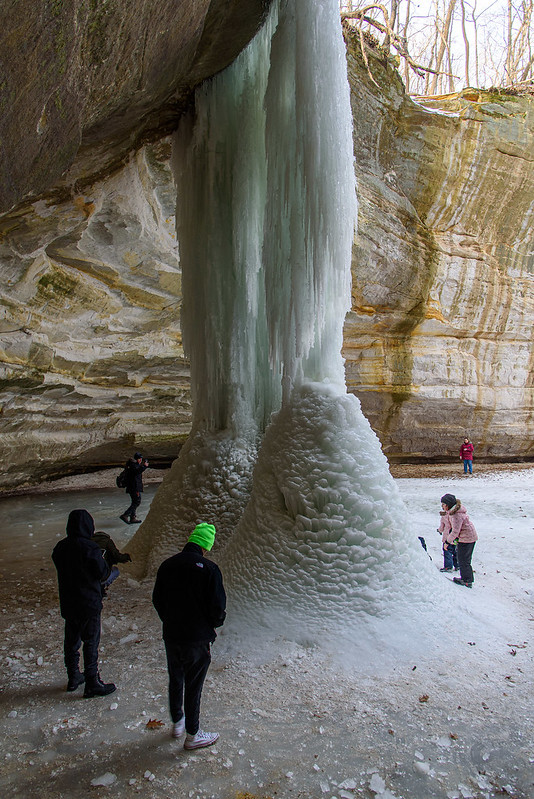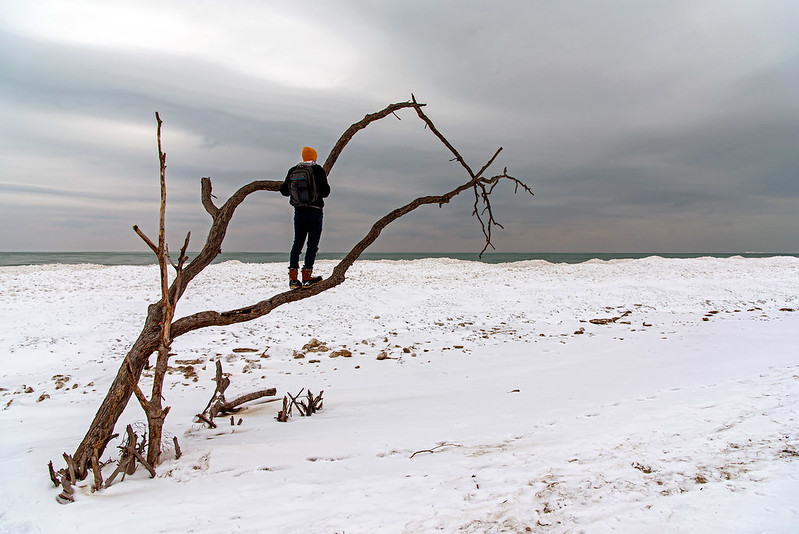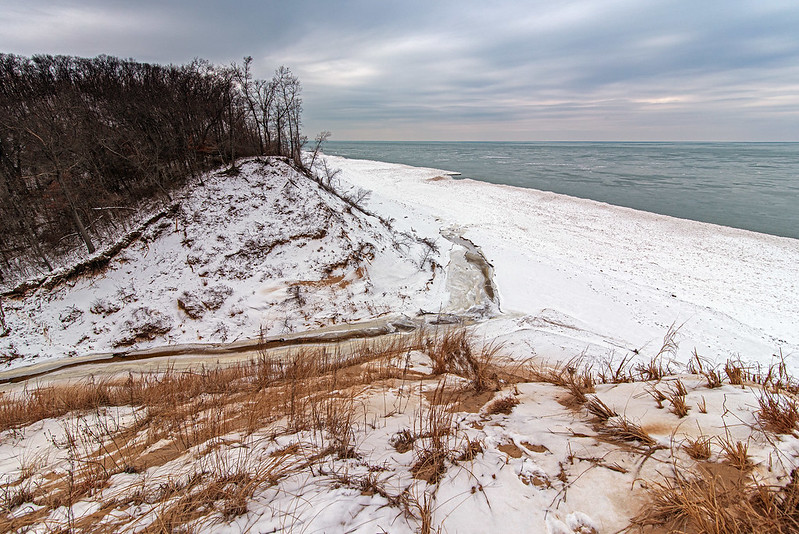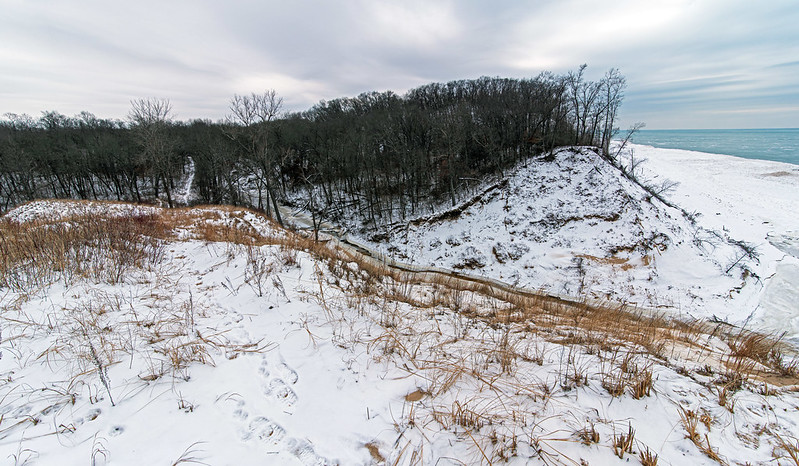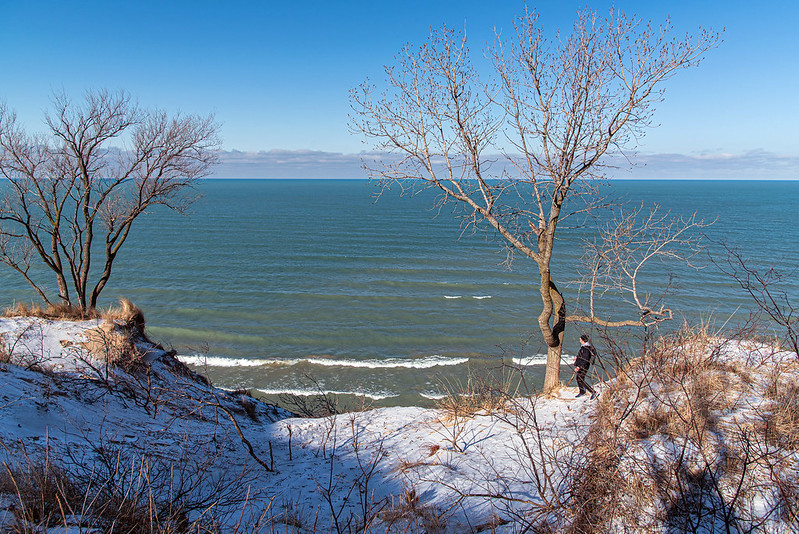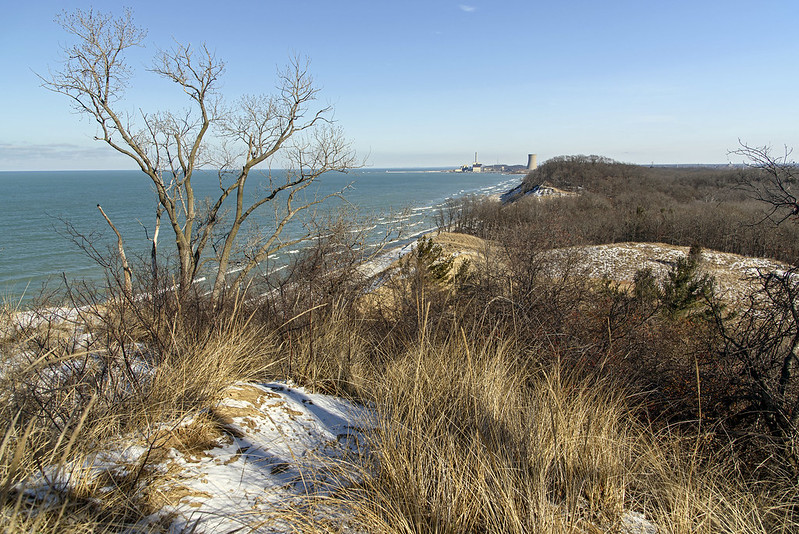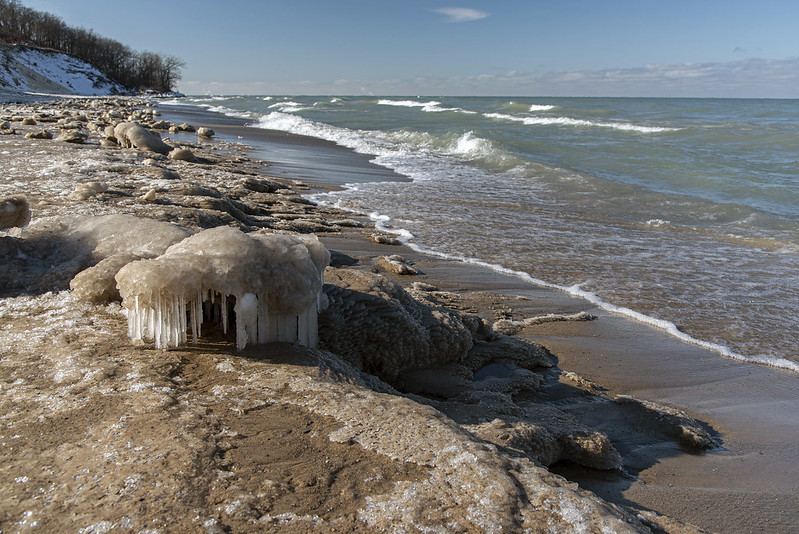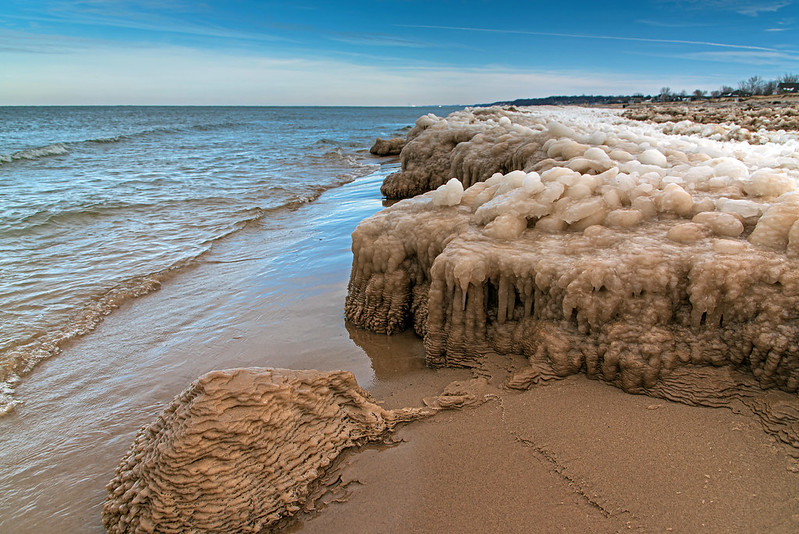
Things happen quickly at this time of year. Single digit temperatures at night, snowfall one day, 45 degrees the next day, and the cycle repeats over and over until Spring. The warmer temperatures and the high winds we've experienced last week have broken up most of the solid ice on Lake Michigan.
Only the thicker chunks of shelf ice remain, along with a large amount of floe ice that is driven toward the shore with the waves.
The breaking ice creates little coves in the shelf ice, and the floe ice chunks are then trapped inside, pushed around by the waves, they hit the edges of the ice and collide with each other. These collisions spin the ice slowly, and form disc-shapes called pancake ice. They do look a bit like pancakes. Almost every spring I can find pancake ice in these relatively small coves of ice at breakup. Pancake ice forms all winter, but mostly when the water is mostly liquid and the wind is pushing things along. Some of these pancakes can grow very large, sometimes larger than a car.
Our hike took us up to a relatively secluded place along Lake Michigan; most of the trail used to be asphalt roads with homes on both sides. The houses and almost every sign of them are now gone, with the exception of some plants normally associated with home gardens, and the tell tail-flat spots on the dune where driveways used to be.
Then the trail turns into a narrow path used mostly by deer (judging by the footprints) up to some dramatic dune blowouts and overlooks. It's from this point where you can obtain a panoramic view of Lake Michigan as well as the landscape for miles inland. there aren't too many places left at this park where you can get this view of the landscape - most have been closed for some poor excuse or another.




